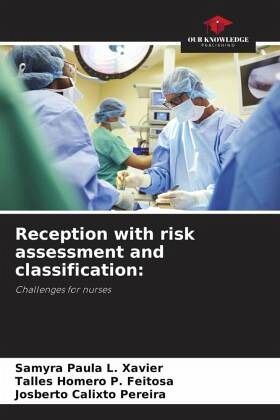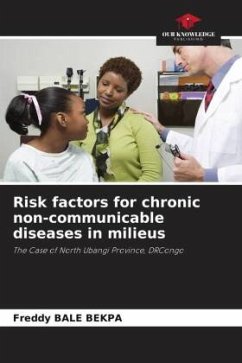
Reception with risk assessment and classification:
Challenges for nurses
Versandkostenfrei!
Versandfertig in 6-10 Tagen
27,99 €
inkl. MwSt.

PAYBACK Punkte
14 °P sammeln!
The aim of this study was to analyse the scientific production, based on a conceptual review, and to understand the main challenges faced by nurses in relation to risk classification in urgent/emergency services. The methodology used was the literature review, which, from the search in the LILACS and BDENF databases, had as a sample for the construction of the corpus of the analysis of this study 26 articles. The theme was divided into three axes: Public Health Policies - QualisSUS and HumanizaSUS; Reception with Risk Assessment and Classification; and The challenges of the nurse who welcomes,...
The aim of this study was to analyse the scientific production, based on a conceptual review, and to understand the main challenges faced by nurses in relation to risk classification in urgent/emergency services. The methodology used was the literature review, which, from the search in the LILACS and BDENF databases, had as a sample for the construction of the corpus of the analysis of this study 26 articles. The theme was divided into three axes: Public Health Policies - QualisSUS and HumanizaSUS; Reception with Risk Assessment and Classification; and The challenges of the nurse who welcomes, assesses and classifies. The works exposed the theme in a succinct and objective way, and unanimously pointed out the nurse as the professional trained to perform the reception with risk classification, and basing their assistance on humanisation and solidarity, ensuring quality and immediate assistance to the patient and reducing the risks of complications.












